Since its launch, the Apple Watch Ultra has been viewed on social media more as a larger-screen, tech-focused version of the Apple Watch, with users seemingly preferring its rugged appearance over its professional features.
However, according to Mark Gurman’s recent leak, Apple plans to change this perception by pushing the Apple Watch Ultra further in a professional direction.
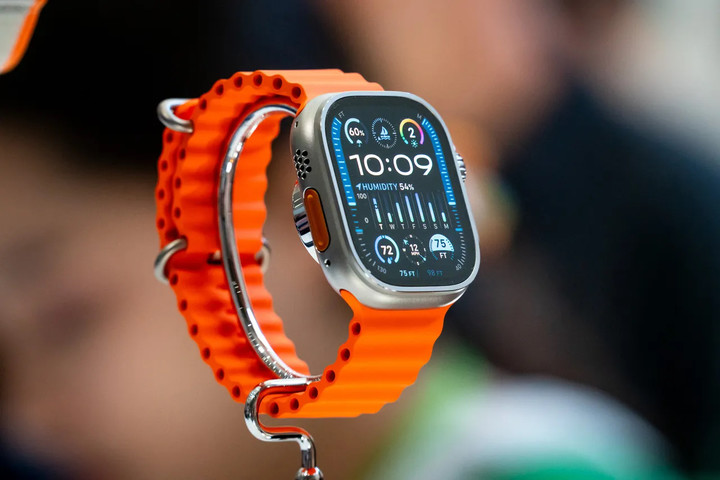
Health monitoring is fundamental to the Apple Watch series, and hypertension remains a silent killer threatening human health, often developing without obvious symptoms yet potentially leading to severe or fatal health issues.
Many people don’t notice clear discomfort when their blood pressure rises, and may remain symptom-free even at dangerous levels. This characteristic makes hypertension easy to overlook in its early stages, until long-term high blood pressure causes problems with the heart, brain, kidneys, and blood vessels.
In response, Apple has been planning to add blood pressure monitoring to the Apple Watch, helping people maintain dynamic awareness of their blood pressure for adjusting their physical condition or seeking timely medical attention.

▲ Traditional blood pressure testing method
Gurman states that Apple aims to introduce this feature in the Apple Watch Ultra 3, and it may also be included in the standard Apple Watch in 2025.
Based on available information, Apple doesn’t plan to turn the Apple Watch Ultra into an inflatable balloon. Therefore, the feature won’t provide exact systolic and diastolic pressure measurements, but instead track blood pressure trends and send alerts when high blood pressure is detected.
As competitors, both Samsung and Huawei have already equipped their smartwatches with similar features. Samsung’s Galaxy Watch includes a photoplethysmography (PPG) sensor, while Huawei’s Watch D2, launched alongside the Mate 70 series, adopts an approach that closely mimics blood pressure monitors – incorporating a 26.5mm ultra-narrow mechanical air chamber combined with blood pressure fusion algorithms to achieve medical-grade precise blood pressure measurement, enabling 24-hour dynamic blood pressure monitoring at the cost of battery life.
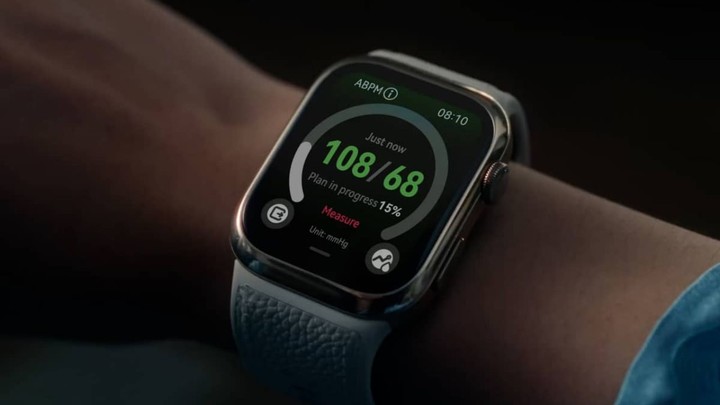
▲ Huawei Watch D2
Currently, the Apple Watch series can detect atrial fibrillation or irregular rhythms and perform basic mobile ECG tests. It also features blood oxygen monitoring, though these functions may be absent in some regions due to patent and regulatory issues.
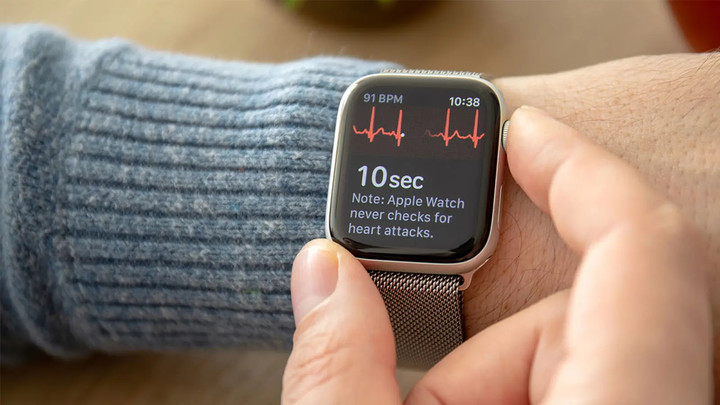
Beyond monitoring internal health conditions, how could the Apple Watch Ultra, as a smartwatch focused on outdoor adventure and extreme sports, miss out on the recently popular satellite communication?
This year, Apple enabled non-emergency satellite messages on iPhone, and according to leaks, this feature will also appear on the Apple Watch Ultra alongside blood pressure monitoring.
Like iPhone’s non-emergency satellite communication, the Apple Watch Ultra will allow users to send messages from their watch without cellular or Wi-Fi connectivity.
For this, Apple’s first task is to modify the Apple Watch Ultra’s baseband.
According to Apple Watch Ultra teardowns, Apple used Intel’s XG742 baseband for the first Ultra. The Apple Watch Ultra 2’s technical specifications on the official website only support LTE and UMTS communication standards, likely continuing with Intel’s baseband. However, since Intel exited the 5G baseband competition in late 2019, Apple might switch to MediaTek-produced basebands for the Apple Watch Ultra 3, marking Apple’s first choice of MediaTek as a major component supplier.
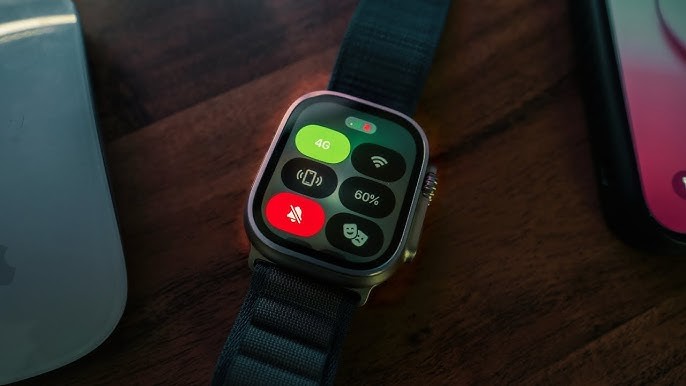
MediaTek’s baseband supports the 5G RedCap standard, a technology proposed in 3GPP’s R17 standard aimed at providing more cost-effective 5G connectivity solutions for medium-low rate and low-power devices. It maintains speed while reducing power consumption to maximize device battery life, making it ideal for smart wearables and IoT devices.
With RedCap support, the Apple Watch Ultra can maintain high battery performance during extended network connectivity. This is primarily Apple’s strategy to compete with Garmin watches, as the veteran sports market player still maintains its advantage with hundreds of hours of battery life.
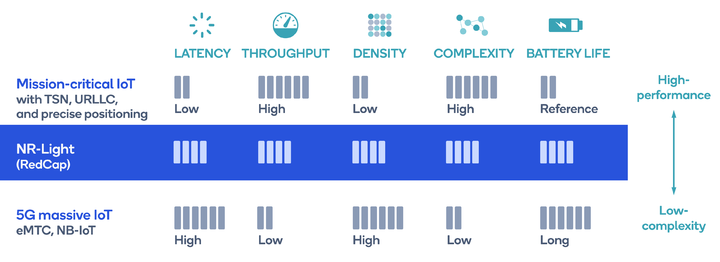
While hardware changes, software should remain stable. Barring unforeseen circumstances, satellite services on the Apple Watch Ultra 3 will continue to be provided by Globalstar.
Globalstar is an American company focused on satellite communication services, primarily providing voice and data communication services to individuals, businesses, and government agencies through geostationary satellite networks. Apple’s collaboration with Globalstar began with iPhone 14’s satellite emergency SOS feature, and this year Apple spent heavily to acquire 20% of Globalstar’s shares. The Apple Watch can be seen as a result of their further cooperation.
After Bloomberg announced Apple Watch Ultra 3’s satellite communication support, Globalstar’s stock price surged about 15%.
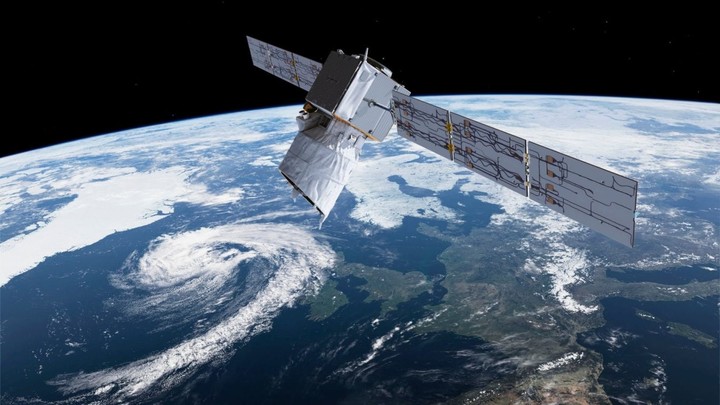
With these leaks, the next generation Apple Watch Ultra is gradually revealing a new image: more professional health monitoring, 5G cellular network support, more reliable satellite communication features, and stable battery performance, creating a more distinct positioning difference from the S series.
What are your thoughts on the Apple Watch Ultra? Feel free to share in the comments.